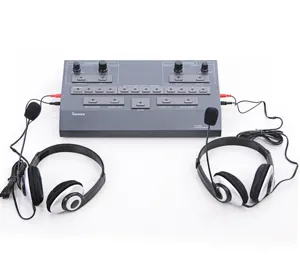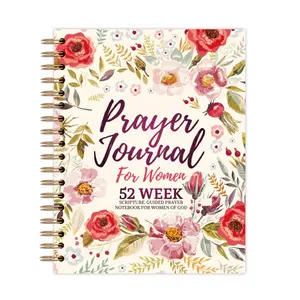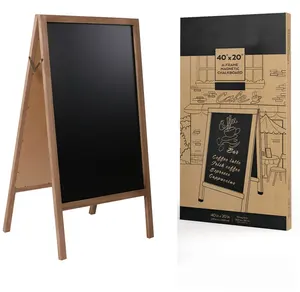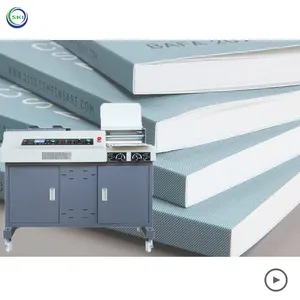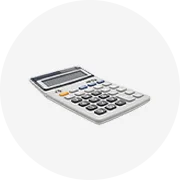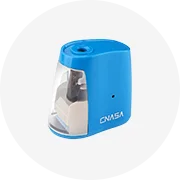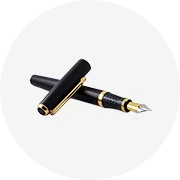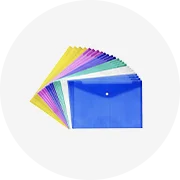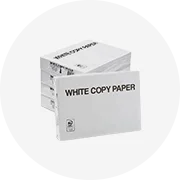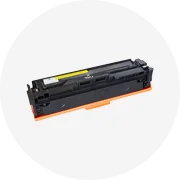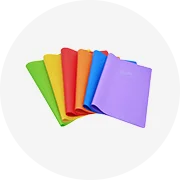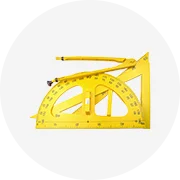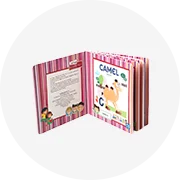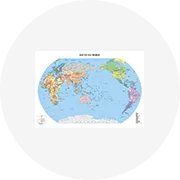Popular in your industry
























































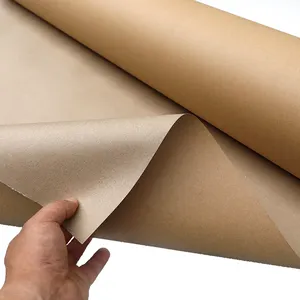
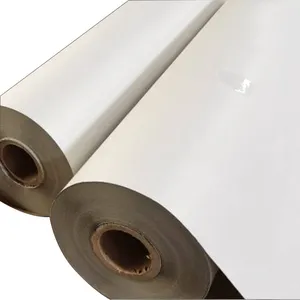









































































































Top categories
About cheapest paper
In an age where the bottom line is king, businesses are constantly seeking ways to reduce expenses without sacrificing quality. Paper, a staple commodity in offices worldwide, presents a unique challenge in this regard. How do you maintain your professional standards while managing costs effectively? This article delves into the world of budget-friendly paper options, guiding you through the nuances of paper grades, quality, and the best bulk buying practices. We'll explore how platforms like Alibaba.com can be your ally in this quest, offering a plethora of choices that promise to keep your office running smoothly without breaking the bank.
Understanding Paper Grades and Quality
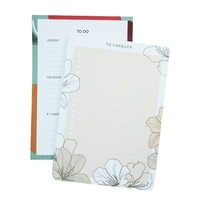
The quality of paper is significantly influenced by its raw material composition, which affects both its appearance and strength. Different types of paper are categorized based on the raw materials used, such as rag paper, which is made from linen and/or cotton fibers, and various grades of paper that combine rag fiber with cellulose in different proportions.
The surface structure of paper is a critical quality parameter that impacts its performance characteristics. The paper has two sides: the wire side, which is slightly rougher and may have a wire mark, and the felt side, which is smoother and brighter. Surface smoothness, achieved through the papermaking process and additional glazing, plays a significant role.
Other important quality parameters include the paper's clarity, opacity, and transparency. These characteristics are essential for specific applications, such as tracing paper or detailed drawings, where a higher degree of transparency is valued.
Sizing is crucial for papers intended for writing and drawing, as it affects the paper's ability to prevent ink bleed and ensure clean lines. There are two main types of sizing: stock sizing, where the size is added to the pulp, and surface sizing, applied after the paper has been dried.
The strength of paper is determined by various tests, including tensile strength and resistance to tearing, folding, and stiffness. Grammage and thickness are also significant, with grammage referring to the paper's weight per square meter and thickness measured in microns, indicating the paper's compactness or volume.
The grain of the paper, which is the direction of the fiber alignment, affects the paper's tensile strength and its behavior when wet. Proper grain orientation is crucial during further processing to prevent issues like curling.
Types of Budget-Friendly Paper Available on Alibaba.com

Exploring Alibaba.com reveals a diverse range of budget-friendly paper options suitable for various printing and copying needs. Among these, 'Copy and Multi Purpose Paper' stands out as a versatile choice for everyday office use. This category includes standard office paper, which is a staple for daily print tasks, and can be found in bulk quantities at competitive prices. Specialty papers tailored for professional needs are also available, catering to more specific requirements such as presentations and formal communications. Additionally, eco-friendly paper options are offered for those seeking sustainable solutions. These papers come from responsibly managed forests or contain recycled materials, providing an environmentally conscious choice without compromising on quality. When considering a bulk purchase, it's essential to look at features like weight, thickness, and brightness, which can affect both the look and feel of your printed materials. Alibaba.com's selection covers a wide spectrum, ensuring that businesses can find the right paper to meet their needs while adhering to their budget constraints.
Standard Office Paper
When considering standard office paper, affordability without compromising on functionality is key. A popular choice for budget-conscious businesses is multipurpose copy printer paper, which is versatile enough for both laser and inkjet printers. This type of paper typically comes in a standard size and offers a balance of cost-efficiency and practicality for everyday office printing needs.
Another option within the economical range is bright white printer paper, favored for its resistance to smearing and paper jams, making it a reliable choice for high-volume printing tasks. The brightness level of such paper is an important feature, as it affects the clarity and vibrancy of the printed material.
Additionally, some brands offer copy paper that strikes a balance between affordability and quality, with a focus on reducing the likelihood of jams in high-speed printing equipment. These options are available in various bulk quantities, catering to different business sizes and printing volumes.
Lastly, for those prioritizing cost above all, there are papers on the market that stand out as the most economical, providing a no-frills solution for basic printing needs. Despite their lower price point, they maintain a standard of brightness suitable for a range of printing tasks.
Specialty Paper for Professional Needs
For professionals requiring specialty paper, watercolour paper presents a unique option. This type of paper is tailored for watercolour painting, with a surface designed to enhance the medium's application. The sizing, a glue-like substance, is a critical feature, creating a barrier that holds water and pigment on the surface, allowing for blending and even drying.
Available in cotton fibres, wood pulp, or a combination, watercolour paper comes in various finishes like hot press, cold press, and rough, each offering different textures and absorbency levels. Cold press paper, with its slight texture and ability to hold water, is often recommended for those starting out, while hot press paper provides a smooth surface ideal for detailed work.
This specialty paper is also offered in multiple formats, including pads, blocks, sheets, or rolls, catering to different preferences and uses. While pads and blocks offer convenience, buying large sheets or rolls can be more economical, especially when sourced in bulk from platforms like Alibaba.com.
When selecting watercolour paper, consider the weight, typically indicated in pounds or grams per square meter, with a standard recommendation of at least 140lb or 300gsm for durability and less warping. While cotton-based papers are prized for their quality, blends or cellulose-based options can be cost-effective alternatives for practice or less critical work.
Eco-Friendly Paper Options
Exploring eco-friendly paper options presents an opportunity to support environmental sustainability while meeting your business needs. Among the variety of paper choices, recycled paper stands out as a responsible choice. It's crafted from repurposed materials, reducing the demand for virgin fibers and minimizing the ecological footprint associated with paper production. When considering recycled paper for your business, it's essential to recognize its diverse applications. From standard office paper to more specialized products, recycled paper can fulfill a range of functions while maintaining a commitment to environmental stewardship. As you browse through Alibaba.com, you'll find a selection of recycled paper products that cater to both quality and budgetary considerations, allowing you to make a choice that aligns with your values and your bottom line.
Features to Consider When Buying Bulk Paper
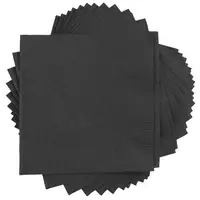
When considering bulk paper purchases, it's essential to understand the features that impact both performance and cost-effectiveness. The basis weight and dimension of paper are critical factors. Basis weight refers to the weight of 500 sheets in its basic size, affecting the paper's thickness and sturdiness. For instance, an 80# cover paper will differ in bulk and thickness from an 80# text paper, despite having the same weight classification, due to their different basic sheet sizes.
The GSM (grams per square meter) is another vital consideration, offering a universal method to compare the weight of different paper types regardless of their basic sheet size. This measurement is particularly useful for comparing 'cut size' papers commonly used in copy centers and digital printing.
Additionally, the finish of the paper—whether coated or uncoated—can significantly influence the print quality. Coated papers typically enhance print resolution and vibrancy, while uncoated papers offer a different aesthetic and print feel. The choice between these finishes will depend on the intended use and desired outcome of the printed material.
Lastly, the parent and basic sheet sizes are determined by the most common applications and printing press formats. Understanding these sizes can help buyers optimize their purchases based on the standard document sizes, such as the prevalent 8.5 x 11 inches in the United States, and anticipate any additional costs when deviating from these norms.
Weight and Thickness
GSM, or Grams per Square Meter, is a crucial metric for understanding paper weight and thickness. It represents the weight of a paper sheet when measured over a square meter area. The GSM of paper can significantly influence its suitability for various applications, with higher GSM indicating a thicker, more substantial material. For instance, paper with a GSM range of 35-55 is typically thin and commonly used for newspapers, while options ranging from 90-120 GSM are akin to standard office paper. Heavier weights, such as 130-250 GSM, are ideal for promotional materials like posters. For more robust needs, such as business cards or invitations, paper weights can extend from 350-450 GSM, offering a sturdy and rigid quality. When considering bulk paper purchases, understanding the GSM is vital as it directly affects the paper's functionality and the impression it leaves with the end-user. Therefore, selecting the appropriate weight and thickness is essential for meeting the specific needs of your project or business.
Brightness and Whiteness
When selecting budget-friendly paper, understanding the concepts of brightness and whiteness is crucial. Brightness refers to the reflection of a specific wavelength of blue light, rated on a scale from 0 to 100. A higher brightness number indicates a more reflective surface, which can make the paper appear brighter to the eye.
Whiteness, in contrast, measures the reflection of all visible light wavelengths, providing a more comprehensive view of the paper's color perception. Whiteness is also rated on a 0 to 100 scale, where a higher value suggests a whiter appearance. However, papers with a high whiteness can sometimes exhibit a blue tint under certain lighting conditions.
It's important to note that while brightness and whiteness may seem similar, they are distinct properties measured by different standards. Brightness is often gauged by the TAPPI scale in North America, while whiteness typically adheres to the CIE standard. Both characteristics are independent of each other and contribute to the paper's overall look and feel.
Optical Brightening Agents (OBA) can be added to paper to enhance its brightness or whiteness, sometimes pushing the values above the standard 100 limit. These additives work by reflecting ultraviolet light as visible light, giving the paper an extra level of brightness or a whiter appearance.
Advantages of Bulk Buying
Purchasing in bulk offers several advantages for businesses. The platform hosts a vast array of sellers, including direct manufacturers and licensed wholesalers, providing a broad selection of products. This diversity allows businesses to source bulk paper that meets their specific needs without the requirement of membership fees.
Businesses can benefit from the competitive pricing offered by different suppliers, which can lead to significant cost savings when buying in large quantities. The ease of the purchasing process is another advantage, as buyers can simply create a profile, search for the paper they need, and engage with suppliers to finalize a sale.
Moreover, the platform provides a layer of security for purchases with its Trade Assurance program, which helps to protect buyers in the completion of their transactions. This assurance can be particularly valuable when making large-scale purchases, ensuring that businesses can buy with confidence.
Cost Savings Breakdown
When considering the cost of paper, it's essential to look beyond the price tag of the paper itself and consider the full spectrum of associated expenses. The true cost of paper for businesses includes not just the initial purchase price but also ancillary costs such as printing supplies like toner, which can vary significantly in price. Additionally, the cost of the printing hardware over its lifespan, including maintenance, adds to the overall expenditure.
Storage also plays a crucial role in the cost of paper. The physical space that paper occupies, from filing cabinets to the office real estate they consume, represents a significant cost. This includes the price of filing accessories and the square footage cost of office space. Moreover, the time employees spend managing paper documents, from printing and collating to filing and retrieval, translates into salary costs that can quickly accumulate.
The cumulative effect of these factors reveals that paper can represent a substantial financial burden on a business. Recognizing these hidden costs is the first step in reducing them. Transitioning to paperless solutions where possible can mitigate many of these expenses, leading to significant savings. While the initial cost of paper may seem minimal, the long-term savings achieved by reducing paper use and improving office practices can be substantial.
Reliability and Vendor Verification
When considering suppliers on our platform for bulk paper purchases, it's crucial to focus on reliability and the verification of vendors. We offer several filters to help buyers identify trustworthy suppliers. One such feature is our Trade Assurance service, designed to foster trust between buyers and suppliers. It provides coverage in the event of quality and shipping discrepancies, offering a layer of protection for your transactions.
Additionally, the platform designates premium members who have invested in the platform to promote their products. This status can often indicate a more serious and committed seller, though it's not a foolproof indicator of quality or reliability. It's recommended to use this filter to narrow down potential suppliers.
For an even higher level of verification, look for vendors that have undergone an onsite inspection by a third-party inspection company, providing detailed reports of the factory's capabilities. This assessment can include a range of checks, from business licenses to product quality and manufacturing processes.
Incorporating these filters in your search can help mitigate risks and ensure that you are engaging with suppliers that have a history of fulfilling orders satisfactorily. While no system is without its flaws, using these features can significantly increase the chances of a successful bulk paper purchase, ensuring that cost savings do not come at the expense of quality or reliability.
Conclusion
Navigating the complexities of paper quality and cost efficiency need not be a daunting task. With a clear understanding of paper grades, GSM, brightness, and the advantages of eco-friendly options, businesses can make informed decisions that align with both their values and budgetary constraints. Our platform emerges as a valuable resource for bulk buying, offering a diverse range of paper products from verified suppliers at competitive prices. By considering the total cost of ownership, including ancillary expenses and the potential for long-term savings through reduced paper usage, businesses can optimize their purchasing strategies. In conclusion, by prioritizing both quality and cost, and leveraging the benefits of our platform, companies can achieve a balance that ensures operational efficiency and fiscal responsibility.
